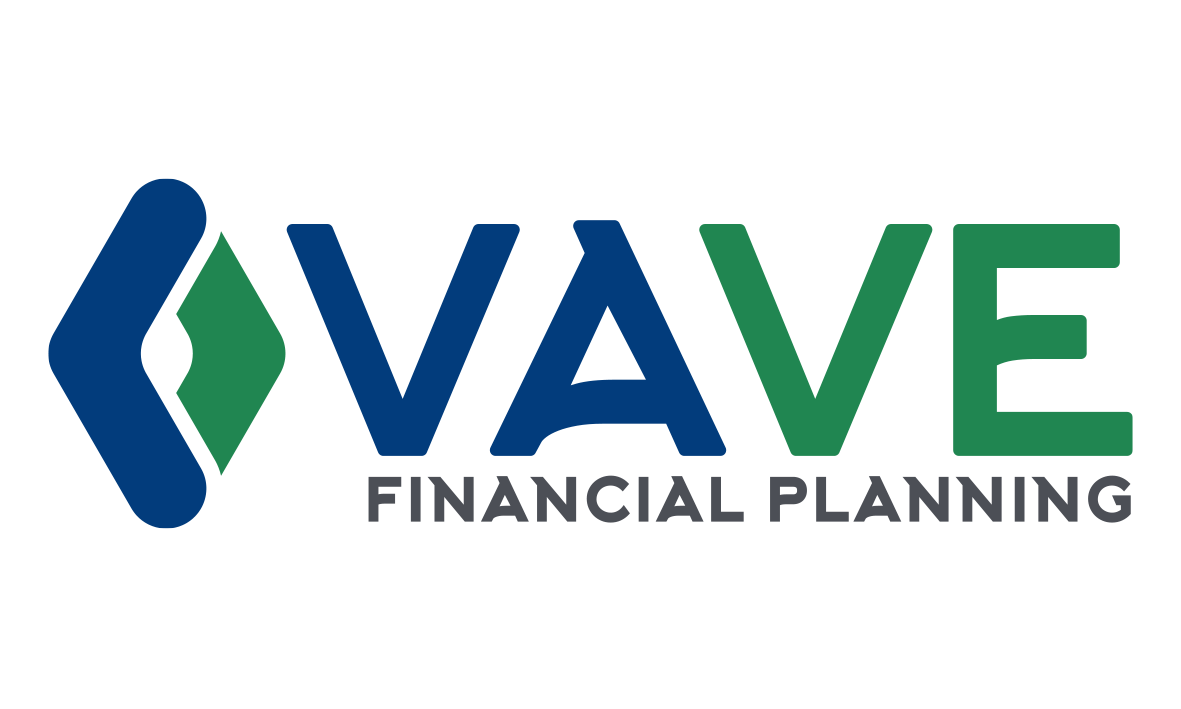With the acquisition of Kawhi Leonard to the Toronto Raptors, this has become an unexpected piece of household terminology: Load Management. If you’re anything like the fans in my house, you’ve probably mumbled to yourself more than once, “What does that even mean??”. Well, I don’t have answers regarding Kawhi’s play time, but I will offer a primer on another type of ‘load management’ that could help your portfolio make it deep into the post-season!
If you’ve read any of my other articles, it’s no surprise that I am not a fan of paying extra fees for investments. And you’ve heard over and over that Canadian mutual funds carry some of the highest fees of any country, essentially robbing you of substantial investment gains you would have otherwise enjoyed if you found lower fee options for the same stocks or assets. In addition to high MER fees, some mutual funds also involve a number of sale charges - Loads.
Load identification:
Front-end load (Also called ISC - initial sales charge) – Certain mutual funds charge a fee when you initially buy them. The front-end load is paid to the investment firm that sells you the fund (and then a portion paid to the sales guy) and can be up to 5% off the initial investment meaning that right way your mutual funds shares are down!
Back-end load (Also called DSC - deferred sales charge) – DSC funds are really sneaky. Your advisor and their firm receive a commission when you purchase the fund but you are forced to keep the fund for, in many cases 7 years unless you want to pay a penalty of up to 6% of the portfolio. Often when people realize that their funds aren’t right for them or start to worry about the high MER fees (2 to 3% often), they try to sell them only to find out that there is a harsh penalty. The penalty % decreases each year on a fixed percentage. Some fund companies allow you to sell up to 10% annually of your fund without penalty.
Low load (Also called LSC - low sales charge ) – Low load funds charge a lower sales charge and lower redemption fee, usually in the range of 3%. Typically after 3 years, there are no redemption fees.
No load – A no load fund doesn’t charge a fee when you buy or sell.
Management fees and operating expenses (MER)
In addition to the sales charges or loads, there is also the fund’s management fee and operating expenses, the management expense ratio (MER). These fees are hidden and are paid by the fund, lowering your overall returns. Canadians pay some of the highest MERs in the world, with the average being 2.4%. Some funds are even over 3%! The MER is charged whether or not the fund does well. The MER also includes a trailing commission which is paid to the company (and advisor) that originally sold you the funds, to compensate for the ‘advice’ you are given throughout the year.
See below chart on the affect of the MER fees. Over time, the fees end up eating over 1/3 of the returns in this example!
In this example of $100,000 invested at 6% and an annual deposit of $10,000, the 2.4% mutual fund returned $449,157 less than the 0.2% ETF. It works out to 37% less of a portfolio due to fees!
Solution
If you have some high fee mutual funds, I recommend a portfolio review and setting up an investing strategy that is:
1) Easy to set up and easy to maintain
2) Low-cost
I often recommend building a portfolio of Index ETFs (Exchange Traded Funds) that each hold a basket of stocks which tracks major indices (like the S&P 500 or TSX). I’ve written an article on 3 Indexing Investing Options to consider if you want to reduce your fees and take some load off your portfolio.


